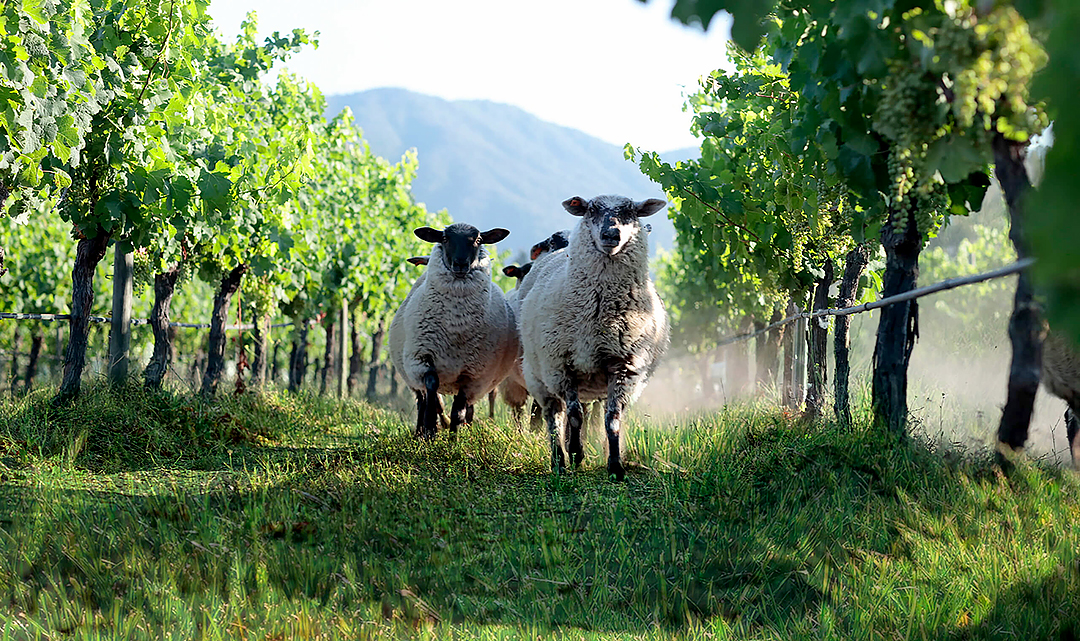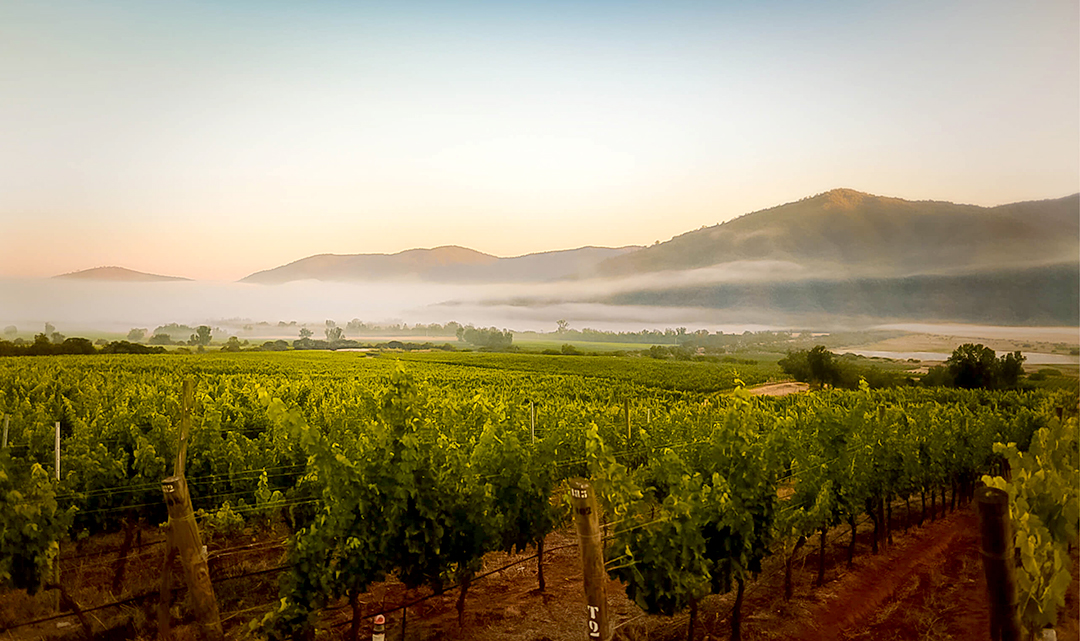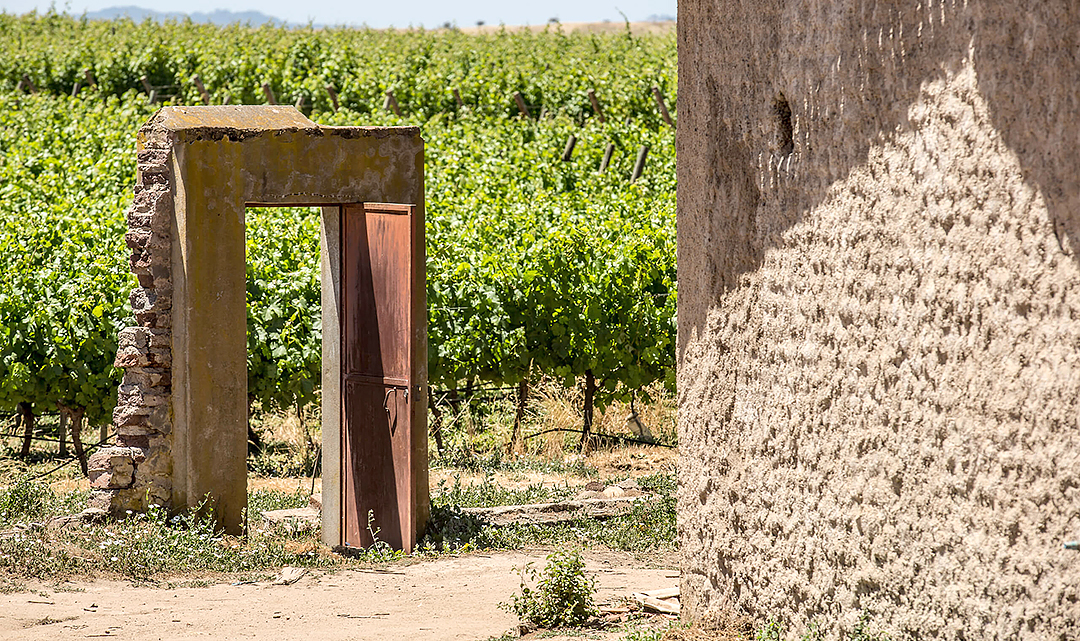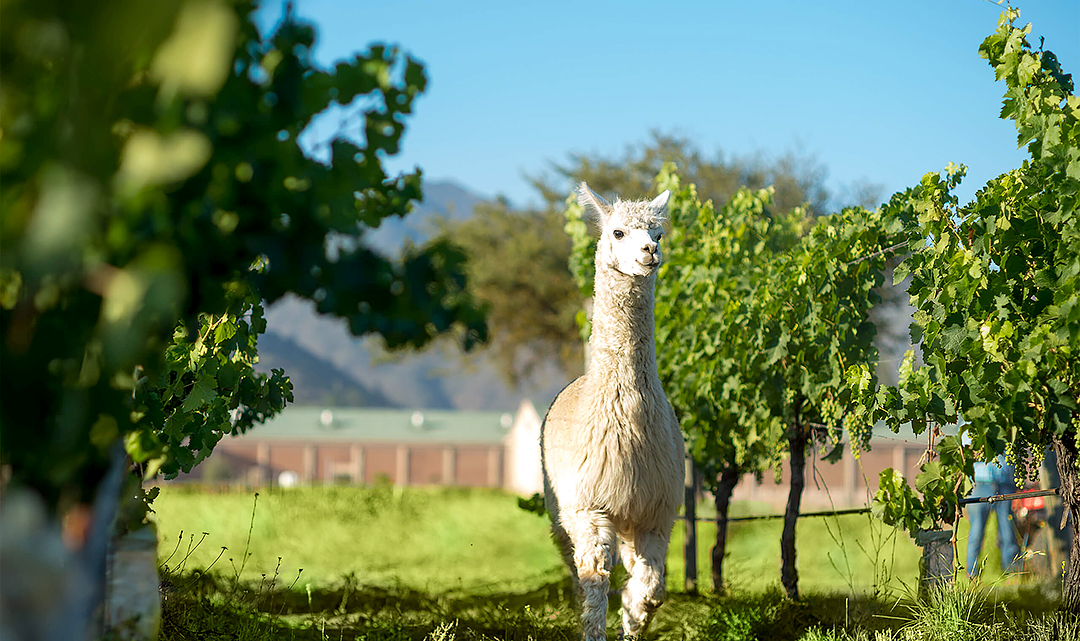Deep ruby color; black fruits, cherry, plum, blackberry, tobacco on the nose; cherry, plum, raspberry, blackcurrant, cranberry, oak spice, vanilla on the palate.

Dry; somewhat assertive, fine-grained tannins; mild acidity (3.67). Medium-plus body, somewhat heavy in the mouth. Bold, but something of a jumble of flavors, searching for structure. Tasty ripe fruit. Positive adjectives would be plush, voluptuous, succulent, but there is no central beam to give purpose and direction. There are “buts” in those sentences because Primus is not some terrible, avoid-this-wine wine—not at all—but it seems a wine searching for what it wants to accomplish on your palate. You will not be offended, but you are unlikely to think “oh, wow,” either.
Blend of 40% cabernet sauvignon; 35% carménère; 10% petit verdot; 5% merlot; 5% syrah; 5% cabernet franc. The various grapes seem to be only acquaintances rather than working together. Herbaceous notes, for instance, likely from the carménère, do not enhance the finish. Fruit comes from younger vines Veramonte has in the Apalta wine region. Wine finished in oak: 66% in French oak barrels, remainder in 5000-liter foudres, both for a year.

In the U.S., Primus is a González-Byass brand, a major player in the wine world. Their website notes: “Primus is a leading brand in the Chilean premium segment and a preeminent example of Chilean quality capabilities. The name Primus is Latin and means ‘the first’ or ‘the first among its peers’, and for good reason. The winery was founded more than 20 years ago by Agustin Hunneus. It was truly a pioneering brand as the first blend of the signature red grapes of Chile: Cabernet and Carmenere. Today, The Blend is still the standard bearer for Primus, and has been joined by two single varietal wines: Primus Cabernet Sauvignon and Primus Carmenere.”
While Primus is its own brand, it is closely associated with Veramonte, another González-Byass brand in Colchague Valley. It appears Primus gets or co-grows its grapes from Veramonte vineyards. A good thing. Veramonte emphasizes organic principles. Website notes: “We follow organic practices in all our estates to ensure the best conditions for the development of the vine, thus achieving vineyards that are sustainable in time. Through cultivating healthy, living soils and maintaining a natural balance in our vineyards and Winemaking process, we obtain quality grapes that express the full potential of the terroir, leading to wines with character, authentic and expressive.”
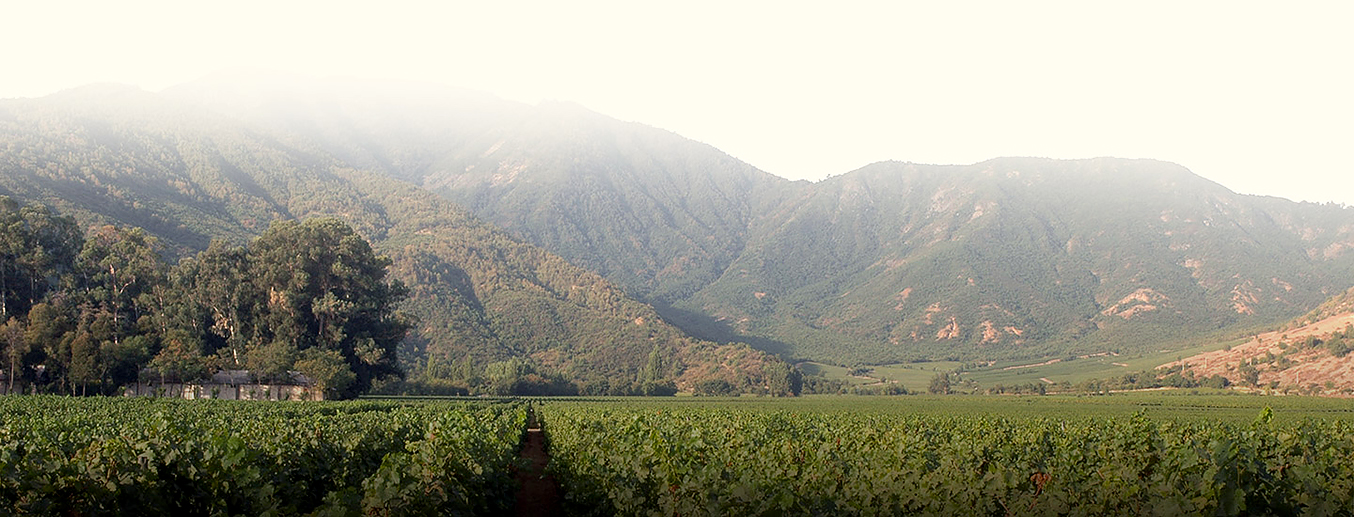
Beyond that, Veramonte, Primus, and González-Byass emphasize a holistic approach to their entire operations. Respect for the land, yes. Also respect for the people who work the land. Chilean wine is among—maybe the leader—in a total approach to sustainable, responsible practices. In Veramonte vineyards, “Sheep and other animals help us cut grass in spring, air and minimize the compaction of our soils. In addition, they act as a natural fertilizer.” Their vineyards have biological corridors to preserve biodiversity and encourage a self-regulated ecosystem. Veramonte produces all its own compost, utilizing material from the winery and vineyards. And Veramonte/Primus make special effort to responsibly treat their employees and the communities where they live.
Primus The Blend, Apalta, Colchague Valley 2017 is fruit-forward, fleshy, lusty multi-grape blend led by cab and carménère. Somewhat un-focused, but the ripe and tasty black fruit parade eagerly strives to find some element you will enjoy. An earnest effort you can enjoy even if the mélange of grapes do not quite achieve harmony. Pair with beef—grilled steaks, barbecue, sautéed, braised meat; pasta dishes with red sauces; veal; poultry. $18-20
